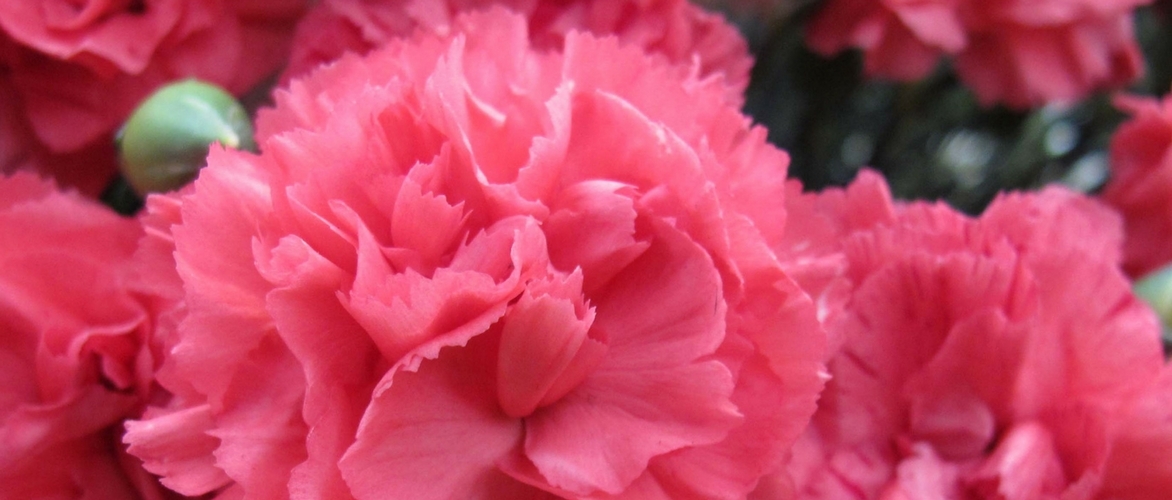
Dianthus: 6 ideas to pair in the garden
Wise or impetuous!
Contents
With its precious flowers and suave, spicy fragrance, whether it is the Florist’s Carnation or Chabaud, Sweet William, Poet’s Carnation, or Rock Carnation, the Dianthus is a versatile plant that has its place in every garden.
Its bucolic charm lightens, from spring to early autumn, the beds of perennials such as lush mixed borders. Dwarf varieties bloom in sunny rockeries or slopes and in window boxes, bringing poetry, mystery, and lightness. This timeless emblem of our grandmothers’ gardens, with its simple beauty, creates scenes that are either wild and contrasting or monochromatic.
Ruby red, lavender pink, pure white, or primrose yellow, its single or very double flowers, resembling frilled pompons or delicate buds, reveal themselves in either wise or impetuous combinations. Subtle or ardent, flowering cushion or bushy perennial, this carefree plant, easy to pair, associates joyfully or romantically with other perennials that, like it, require little care and maintenance.
A well-flowered corner without worry
To flower a sunny spot with minimal effort, organise around pinks, a clever mix of hardy, floriferous perennials that thrive with minimal care.
In borders, plant the pinks in groups at the front, alongside Sedums, Achilleas, and Echinaceas, to create beautiful masses of colour. Surrounded by Aquilegias, Asters, Campanulates, Nepetas, Scabious, Coreopsis, dwarf Gaillardes, Cleomes, and Nigellas, they will compose scenes that appear wild and vibrant.

-D. plumarius ‘Lily the Pink’- Echinacea ‘Delicious Candy’ and Eryngium ‘Picos Blue’ – Nepeta – Damask Nigella –
Read also
Propagating and sowing carnationsTo punctate a mixed border
Used in punctuation to create beautiful colour tasks, Dianthus combine colour, robustness, and lightness.
We rely on the vivid colours of a deltoid carnation ‘Flashing Light’ or a mignardise carnation ‘Romeo’ to bring warmth to a cheerful summer border. In a joyful and wild spirit, we mix in Phlox, small-sized grasses (Carex, Stipa tenuifolia), Digitalis, ornamental Tobacco, Echinacea, or globe Thistles.
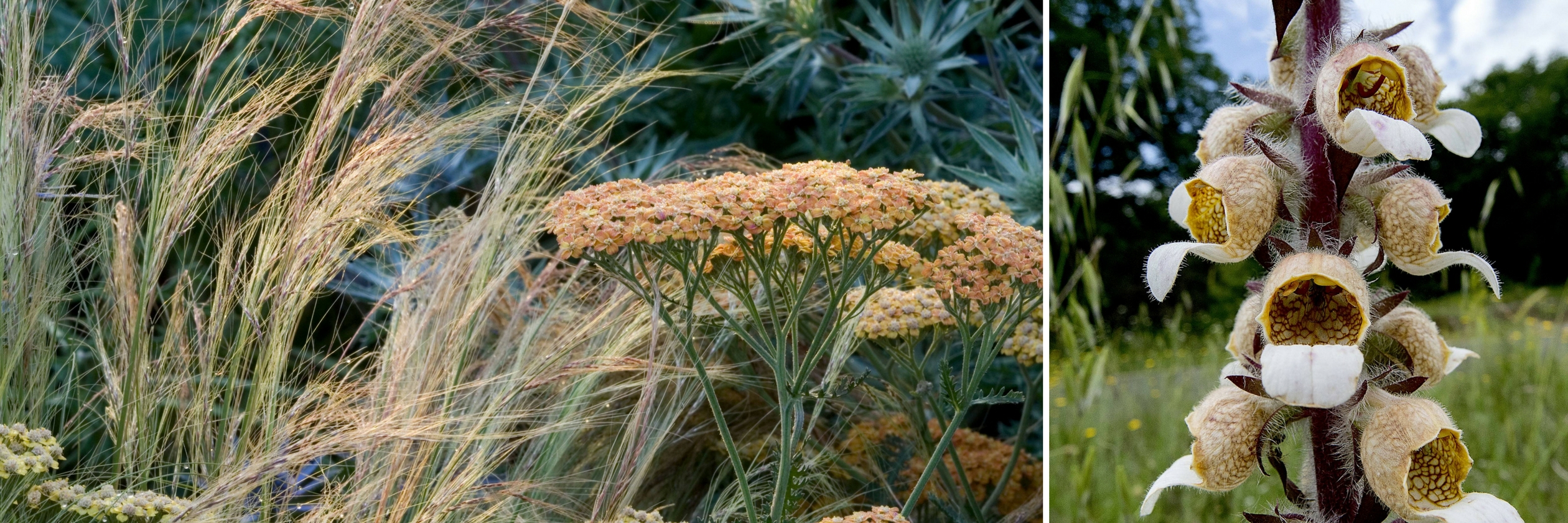
Achillea ‘Terracotta’-Eryngium ‘oliverianum’ – Bicolour woolly Digitalis –
Discover other Dianthus - Pinks
View all →Available in 0 sizes
Available in 2 sizes
Available in 2 sizes
Available in 2 sizes
Available in 1 sizes
Available in 2 sizes
Available in 2 sizes
Available in 1 sizes
Available in 2 sizes
Available in 1 sizes
In full sun rockery
Certain species such as the Deltoid Carnation or the Heathland Carnation will look magnificent in a rockery, on the slope of a well-drained bank, or at the top of a dry stone wall.
They adapt well to stony and dry soils. The low varieties are perfect between the stones of a low wall where they form low-maintenance flowering cushions. Among the stones of a low wall, they accompany other flowering cushions such as Helianthems, Silene, Dwarf Wormwood, Wall Bellflower, the Caucasian Arabis, Creeping Phlox, Karvinskian Fleabane and the Bloodroot Geranium. Its companions can also be alpines and montane plants such as Alyssum, Soapworts and Aubrietas.

D. ‘Romeo’ – Campanules – Nepetas – Hélianthèmes – Crédit Photo : Bios
Read also
How to plant the eye?With silver foliage
The silver and evergreen foliage of Dianthus blends spontaneously with the grey-green foliage of Caucasian Arabis, Wormwoods, or Garden Corncockle. The vibrancy of the magenta pink hues of Dianthus gratianopolitanus ‘Badenia’, with its rare intensity, and the purity of the white flowers of Dianthus plumarius ‘Haytor White’ create a combination that is both fresh and vivid against a backdrop of silver velvet.
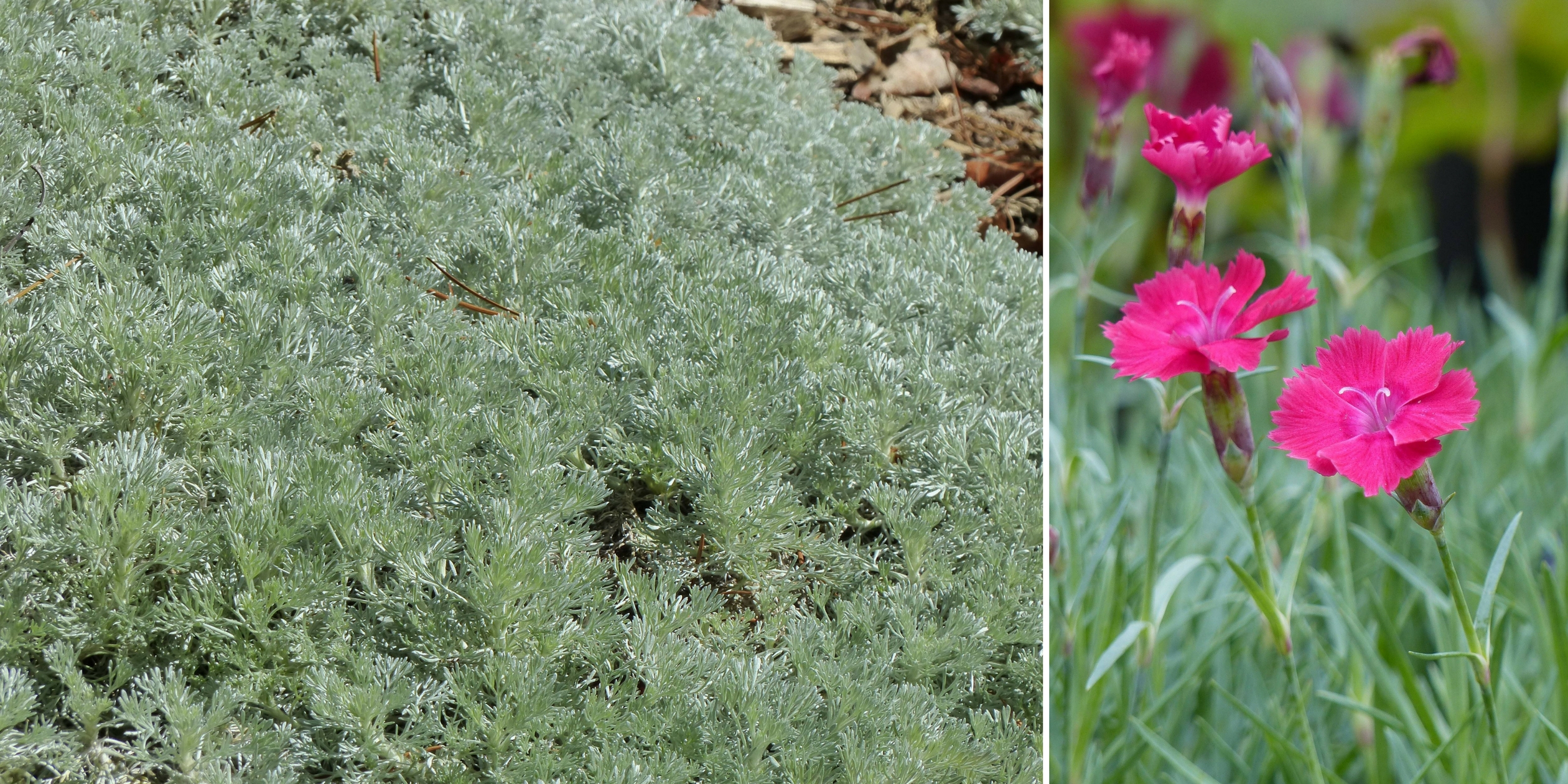
Wormwood schmidtiana ‘Nana’ – D. gratianopolitanus ‘Badenia’
In a pot in the sun on the terrace or balcony
Many varieties of carnations such as Dianthus barbatus, Mignardise carnations, or Sand carnations adapt very well to pot culture, in large containers or troughs, where they compete in floribundity with the finest geraniums on balconies. With a few applications of fertiliser, good drainage, and sometimes a light staking for the taller varieties, they will bloom abundantly.
Choose a passageway, close to an entrance, for example, to fully enjoy their sweet fragrance. They can be paired with moss Phlox, Geums or Achilleas, Asters, Iberis, Nigella, or with alpine and montane plants such as Alyssum, Saponaria, Aubrietes, and Helianthemums. For a light pot arrangement, they can be combined with a Stipa pennata, a small poetic grass that bears silver seed spikes.
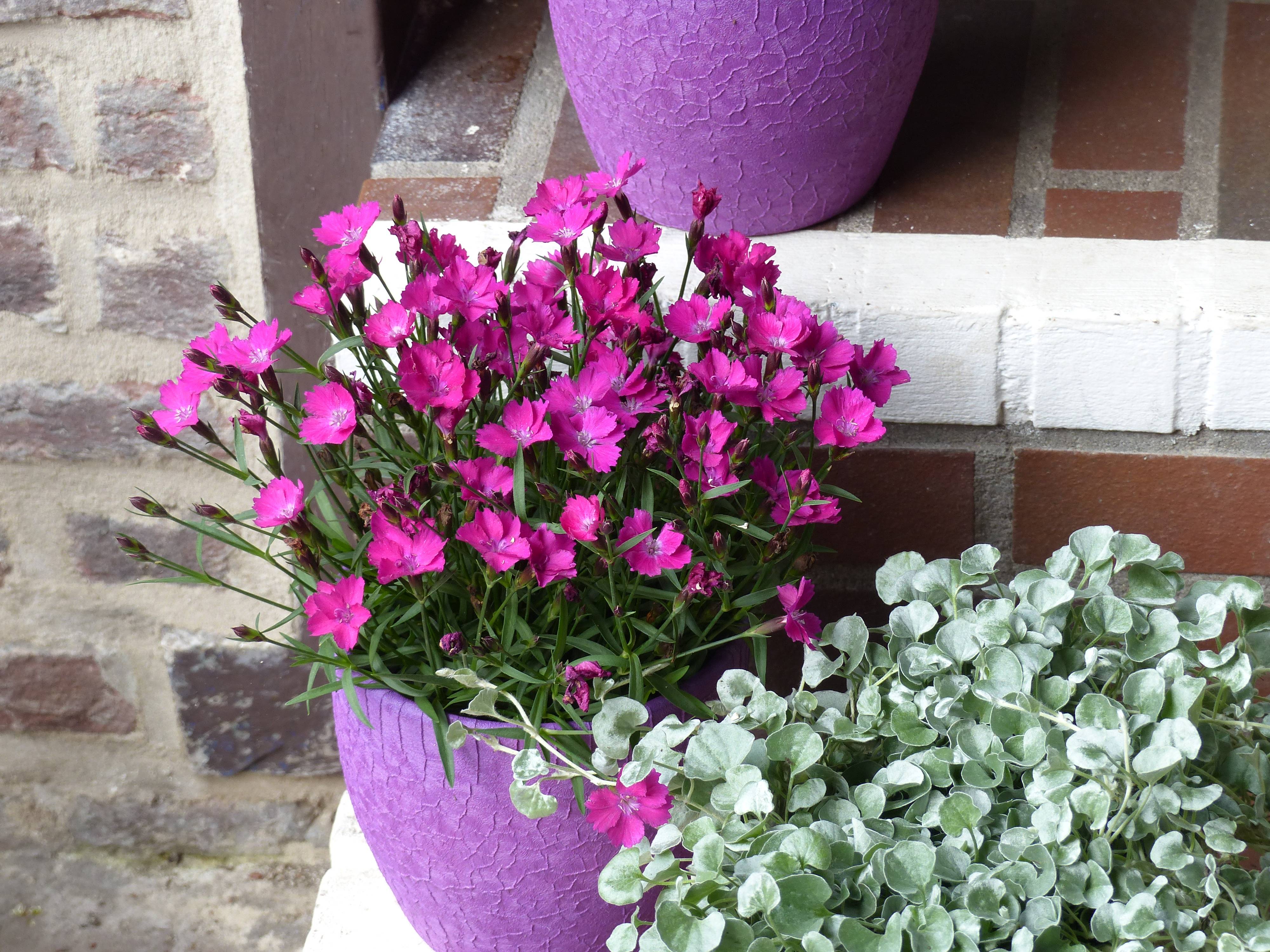
In a wildflower bouquet
Sweet Williams are highly valued for their cut flowers, which have a long vase life. The delicately frilled pompons of the Mignardise Sweet Williams, along with the opulent inflorescences of the Poet’s Sweet Williams, create beautiful, vibrant summer bouquets when mixed with Heleniums, airy Gypsophila, old roses, and daisies.
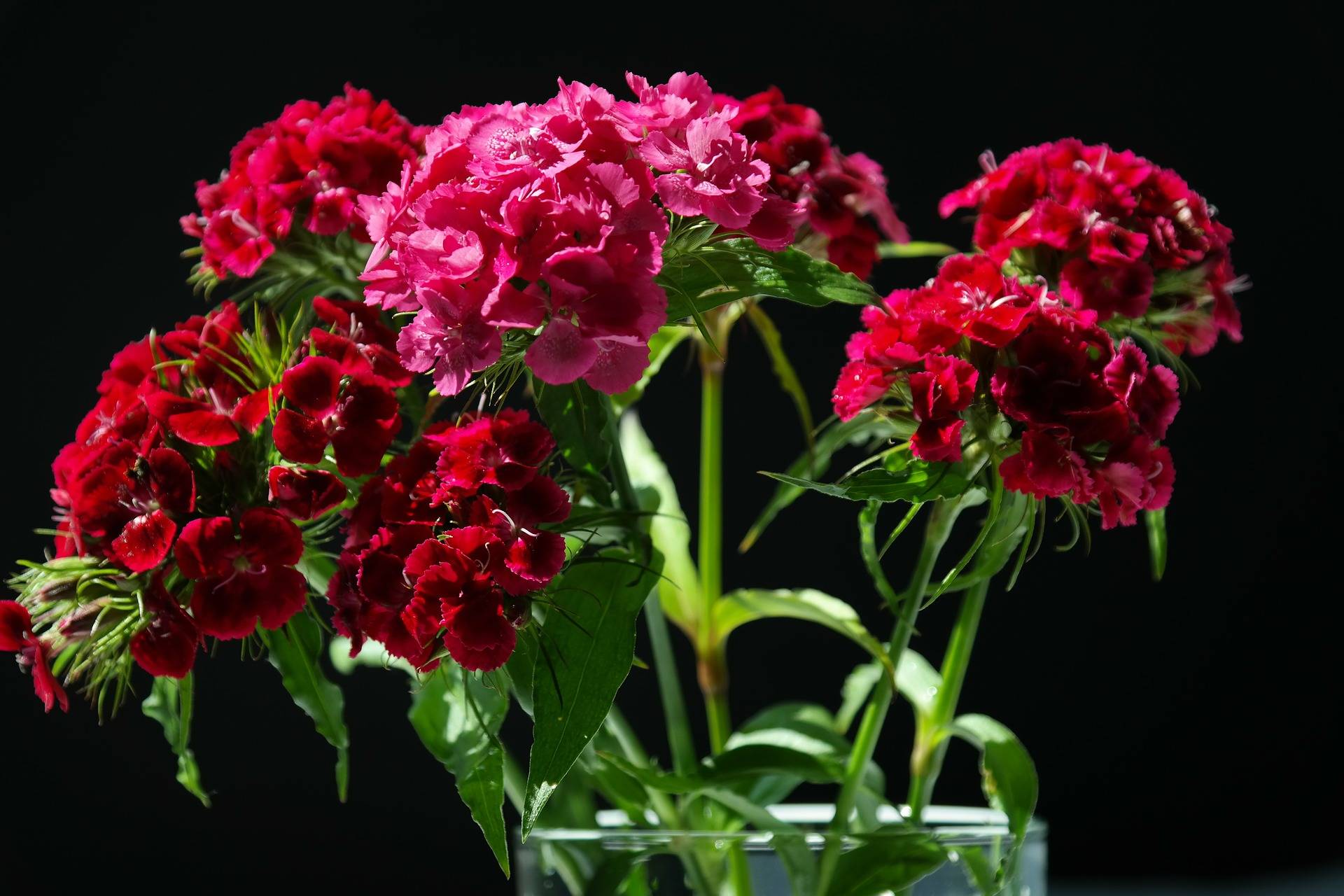
- Subscribe!
- Contents































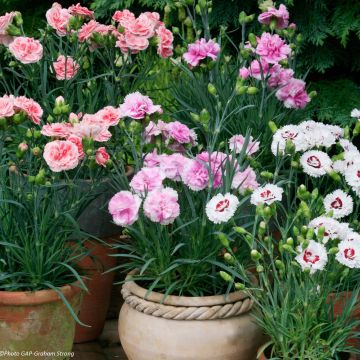
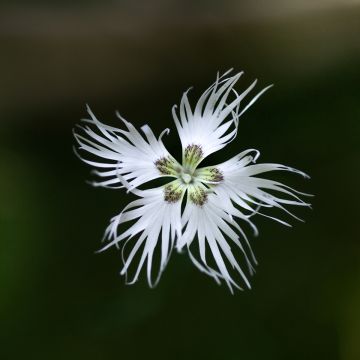
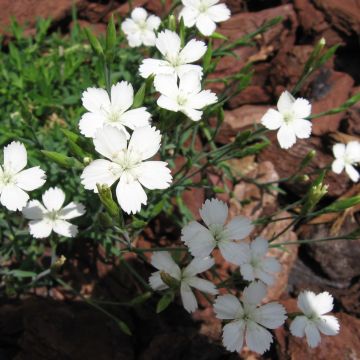
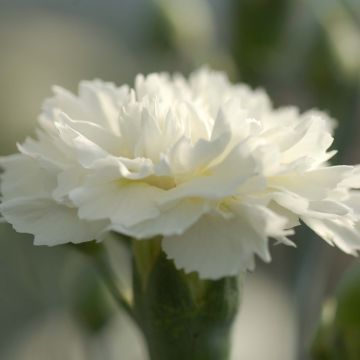
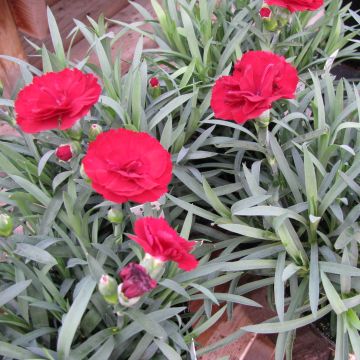
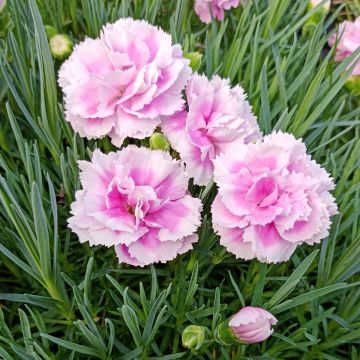
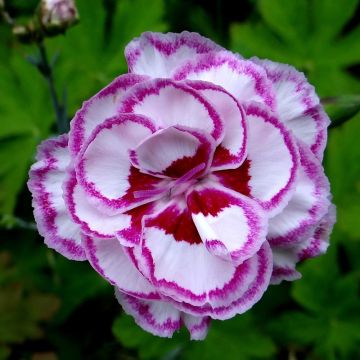
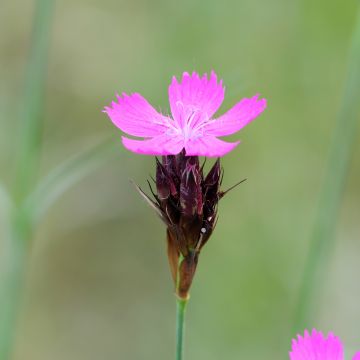
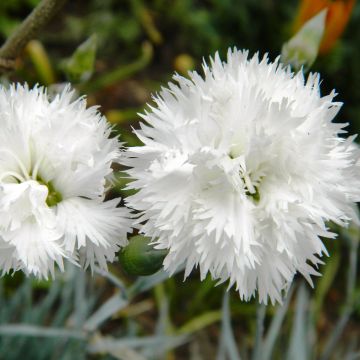
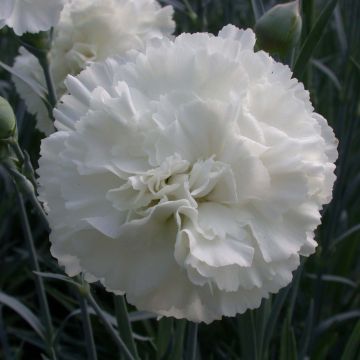
Comments